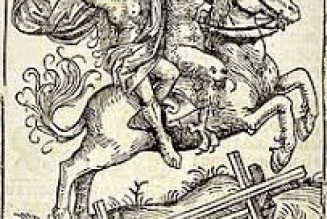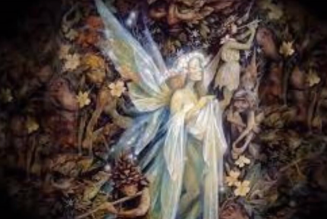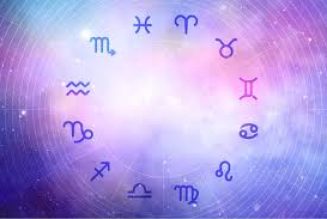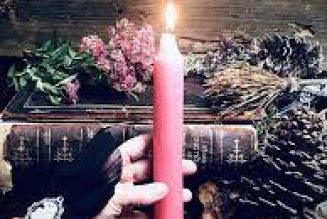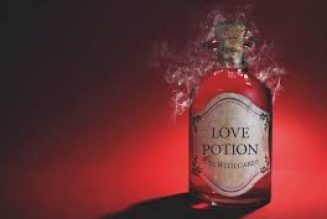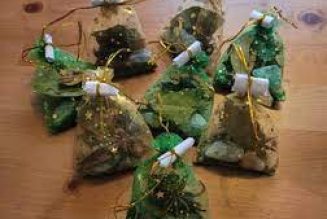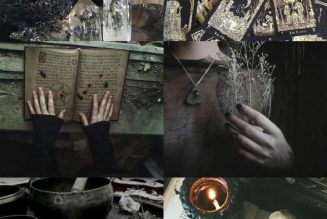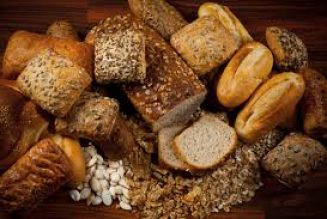(NORTHERN HEMISPHERE)
Date: June 20th – 22nd
Other Names: Alban Heruin (Druidic), Summer Solstice
Pronunciations: lee-thuh, lii-thuh
Although the name Litha is not well attested, it may come from Saxon tradition — the opposite of Yule. On this longest day of the year, light and life are abundant. At mid-summer, the Sun God has reached the moment of his greatest strength. Seated on his greenwood throne, he is also lord of the forests, and his face is seen in church architecture peering from countless foliage masks.
The Christian religion converted this day of Jack-in-the-Green to the Feast of St. John the Baptist, often portraying him in rustic attire, sometimes with horns and cloven feet (like the Greek Demi-God Pan).
Midsummer Night’s Eve is also special for adherents of the Faerie faith. The alternative fixed calendar date of June 25 (Old Litha) is sometimes employed by Covens. The name Beltane is sometimes incorrectly assigned to this holiday by some modern traditions of Wicca, even though Beltane is the Gaelic word for May.
Herbs: Mugwort, Vervain, Chamomile, Rose, Honeysuckle, Lily, Oak, Lavender, Ivy, Yarrow, Fern, Elder, Wild Thyme, Daisy, Carnation
Traditional Foods: Garden fresh fruits and vegetables are made into a variety of dishes and eaten by Pagan’s who choose to celebrate this day
Incense: Lemon, Myrrh, Pine, Rose, Wisteria
Stones: Emerald
Woods Burned: Oak
